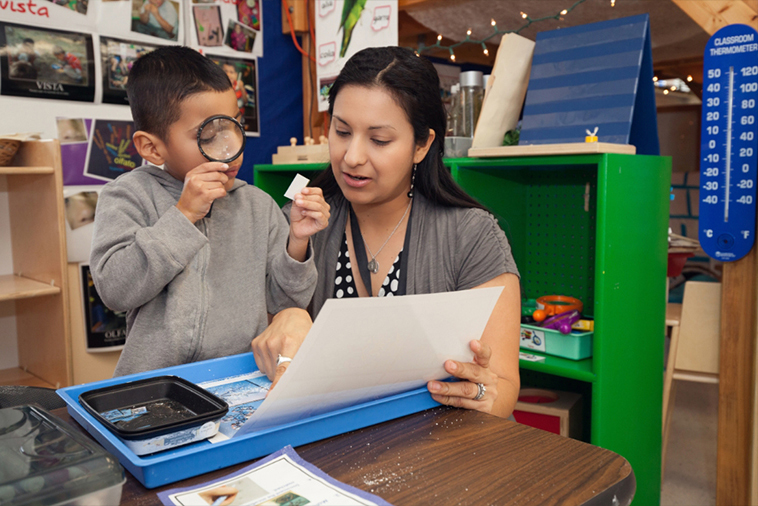

Across the Lawn is our e-newsletter for Texas education news, stories, policy insights, and ways to make a difference.
read moreSubscribe to our e-newsletter and periodic text alerts for Texas education news, stories, policy insights, and ways to make a difference.
We only use this information to send emails and texts relevant to you and will never share this information with third parties.